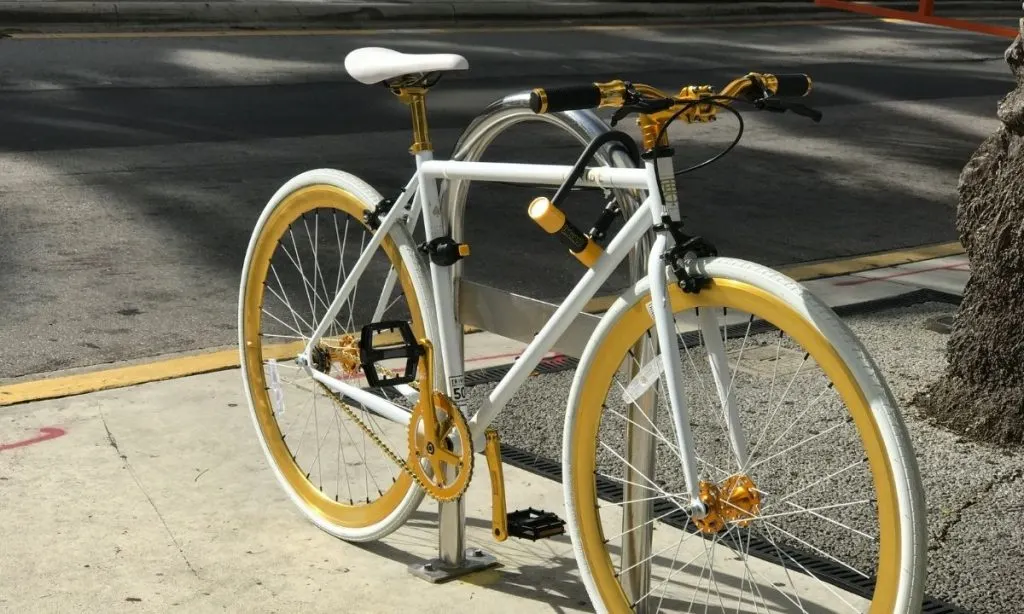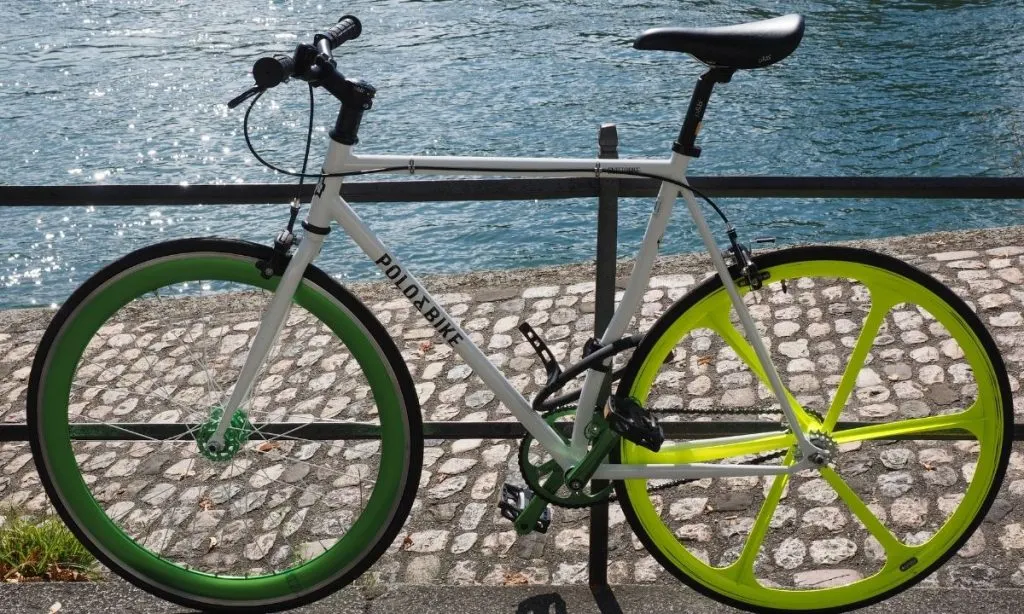
Bike tires are not usually sold in pairs. This would seem, at first glance to be self-defeating. After all, you normally replace all four of your car tires at once, so why not simplify the process by supplying two bike tires in the same package. This might even make it cheaper. It would certainly make it more convenient, wouldn’t it?
Most leading manufacturers supply tires for your road bike or your mountain bike singly. There are many reasons for this; your tires will wear down their tread at different rates and, often, the rider may choose to fit his bicycle with different tread patterns on the front and rear of his bike.
But are the manufacturers conniving to drive the prices up by ignoring the economies of scale? Or is there some other nefarious reason that Continental, Schwalbe, Goodyear, Maxxis, and all the rest insist on supplying their offerings singly? Let’s have a deeper look at why this may, or may not be, so.
Why Do Tires Wear Down at Different Rates?
If you fit the same model of tire to your bike both front and rear, it is more often than not the case that your rear tire will wear down faster than your front tire.
The reason for this is weight distribution. Riders will very rarely accurately measure the weight distribution of their bikes but when they do, they are invariably surprised that it comes out at around 65/35 rear to front bias.
DID YOU KNOW? The geometry on most bicycles, whether mountain bike, road, or gravel bike will place most of the riders’ weight over the rear wheel. This is because there should always be less weight over the front than there is over the rear.
Even a 50/50 split, will severely compromise the handling characteristics of your bike, making it difficult to steer and even more difficult to hold your line, making you an unwelcome presence in a group of riders and a danger to yourself if you are negotiating a narrow single track on your gravel bike.
The effect of this is that your rear tire will, as a consequence of your weight bearing down on it, present a larger contact patch to the surface you are riding over.
This will ensure that the tire wears down at a greater rate than the front tire. Many riders report as much as a 2:1 tire replacement rate, rear to front.
Hot to Compute the Weight Distribution of Your Bike
If you are curious to know what the weight distribution of your own bike is, it is a relatively simple process. You only need a scale and a book of the same thickness as the scale. Here is the step-by-step process:
STEP 1: Place the scale under the front wheel and the book under the other. Note the scale reading.
STEP 2: Place the scale under the rear wheel and the book under the front. Again, note down this scale reading as well.
STEP 3: Divide the rear reading by the sum of the front and rear readings to get the percentage on the rear wheel.
STEP 4: Subtract this from 100 to get the front percentage, or perform the same calculation with the front wheel.
Do not be surprised if you find that your calculations deliver a distribution reading of around 65/35 or even 70/30.
The other more obvious reason is that it is your rear tire that will translate the stress received from your power delivery onto the road surface as you pedal.
The rear tire will “squirm” from side to side as you deliver the power, slightly abrading the rubber with every pedal stroke while the other tire is left to merely find the line up front.
Mismatching Front and Rear Tires
There is essentially no problem in mixing tire types or tread patterns. As we have mentioned above, your rear tire will carry more weight and, as a result, wear down more quickly. And for that reason alone, you may find it necessary to consider fitting a harder wearing tire on the rear wheel.

On the front, a narrower tire with a lighter tread pattern will allow you to turn into a corner or hold your line with less effort. On the rear wheel, however, this is not as much of a concern.
On the other hand, the front tire provides about 75% of your braking capacity, so you should consider allowing for a more substantial or aggressive tread pattern than on the rear.
Then again, punctures will occur in your rear tires more often than in front tires necessitating deeper tread and more robust rubber than on the front.
When buying a used bike, you may find that the tires it is fitted with are of different types and patterns simply because, as we mentioned at the beginning, they were not replaced in pairs. This is not of great concern as long as they are roughly similar.
Should I Rotate My Bike Tires?
There is no problem in rotating your tires with one major proviso; the only form of rotation we would recommend is swapping a half-worn front tire to the rear and putting a new tire on the front when replacing a worn-out rear tire.
TIP: It is always advisable to put the newer tire on your front wheel. A front tire blowout is not a pretty thing and a lot more dangerous to your wellbeing than a rear failure at any sort of speed.
When to Change Your Bike Tires
- When you find that there is insufficient tread depth: Depending on the terrain you are riding over, the tread pattern should be in good enough shape to perform its function. Obviously, the efficiency of a new tire will slowly degrade over time and wear, but if it isn’t holding the surface, replace it.
- The tire is old: When a bike sits idle in your garage for an extended period, the rubber compound that makes up the carcass and tread of the tire will slowly start to oxidize and break down making the tire brittle and stiff. This is known as dry rot and if your tires are in this state you should change them as soon as possible.
- Ultraviolet radiation (sunlight) and extreme temperatures can damage a tire on a molecular level, drying it out and making the tire stiff and brittle.
- The rubber of your tire will actually expand If you leave your bike outside in cold weather, and then contract when it heats up. This constant expansion and contraction can also be detrimental to the integrity of the tire.
- If your tire is slashed open and it is beyond reasonable repair, then it goes without saying that you should replace it with new rubber.
Here’s a how-to guide I wrote on bicycle maintenance where I discuss other important things to check on your bike tires.
Final Thoughts on Buying Bike Tires
While bike tires are not normally sold in pairs, you should always consider buying a full set every time you are in the market for new rubber.
Tires are certainly not the cheapest parts of your bike but they are the only part of your bike that should be making contact with the road. If they fail, then you are highly likely to be the next part of the equation to make contact with the road.
Make sure that your bike tires, whether they come singly or as a set, are always in good shape.
